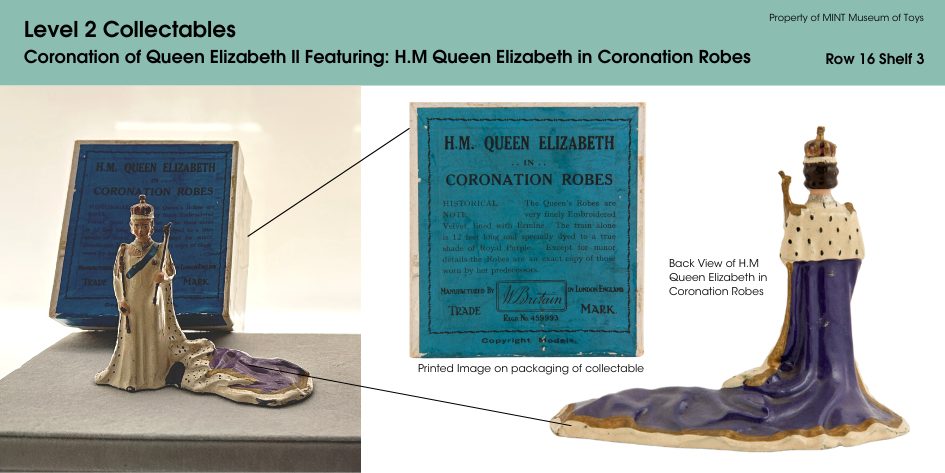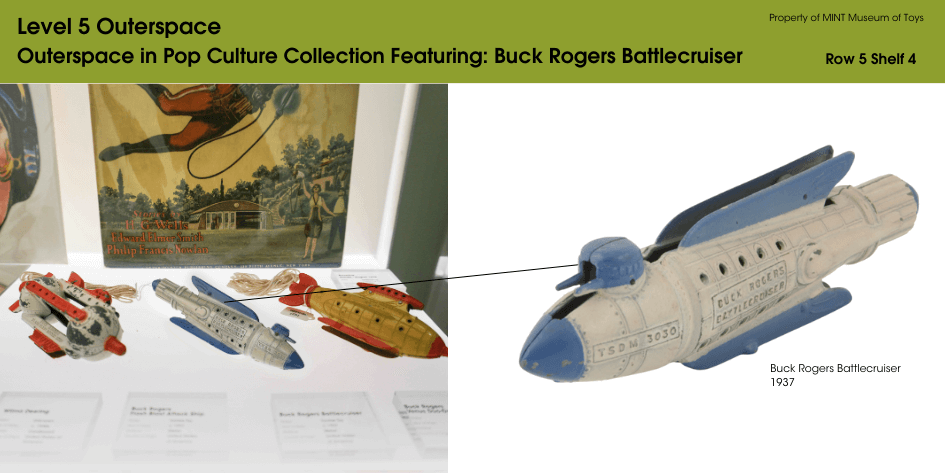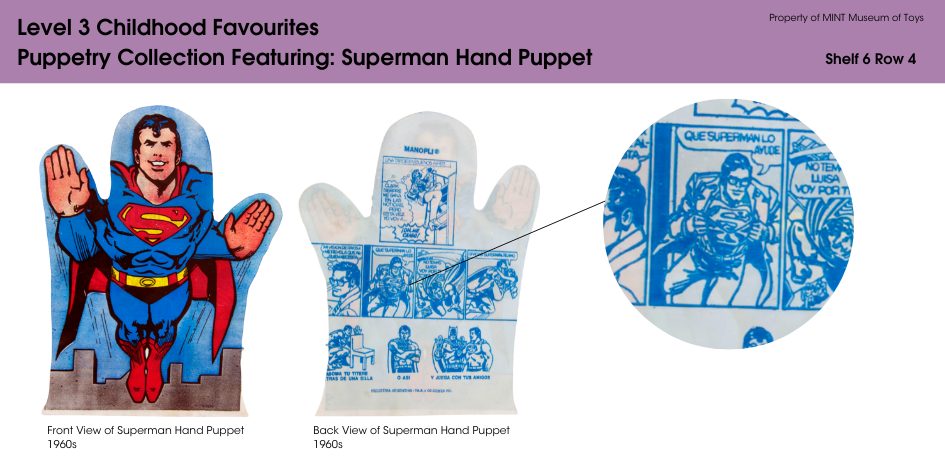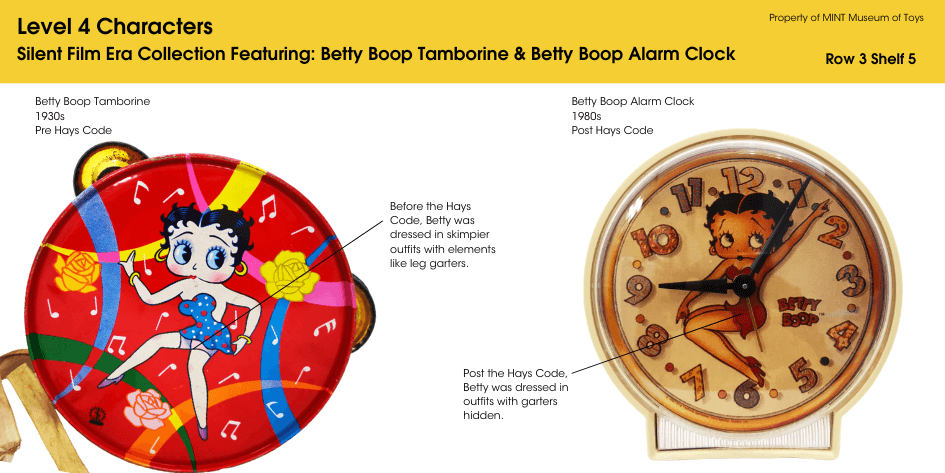If you recognise the names Flash Gordon, Zorro, Buck Rogers, John Carter of Mars, Conan the Barbarian, or Tarzan, then you have pulp magazines to thank! Sometimes referred to as simply “pulps”, these affordable and popular genre fiction magazines were a major force in the lowbrow literary scene from the late 1890s to late 1950s. They were primarily made in the USA but there were also pulp magazines in the UK and a handful of continental European countries as well.
Named for the inexpensive pulpwood paper they were printed on, pulp magazines succeeded the earlier Victorian-era penny dreadfuls or dime novels. They were considered to be lowbrow or low-quality writing that emphasised the dramatic or fantastical, giving them mixed reputations amongst critics.
Over time the term broadened into its own genre of “pulp fiction” which now includes digest magazines, adventure magazines, and those cheap paperbacks you can grab at any newsstand or airport bookstore. Or you might recognise the term from the 1994 Quentin Tarantino film Pulp Fiction, which pays homage to the gritty over-the-top stories found in pulp fiction magazines of the past.
While pulp magazines aren’t around much anymore, they’ve had a significant impact on the pop culture we do know, recognise, and love. Read on to find out more!
The Early Years and Golden Era

Name: Amazing Stories
Maker: Experimenter Publishing Co
Year of Make: 1928
Material: Paperback
Country of Origin: United States of America
The heyday of pulp magazines lasted between the 1890s to 1940s, with there being an estimated 150 pulp titles in English in 1934 alone. Titles such as “Astounding Stories”, “Planet Stories”, and “Amazing Stories” collected a variety of thrilling stories within their pages, typically from genres which had more room for imagination and creativity. This included science fiction, fantasy, romance, Westerns, adventure, detective, mystery, occult, and even ‘spicy’ erotic pulps.

Name: Amazing Stories
Maker: Experimenter Publishing Co
Year of Make: 1928
Material: Paperback
Country of Origin: United States of America
Despite criticisms about their perceived poor writing quality, pulps were an important form of accessible everyday literature during periods such as the Great Depression and World Wars I and II. Along with radio and the burgeoning film industry, they were the most popular forms of storytelling and entertainment for the average Joe. Many era-defining popular characters first appeared in pulps too – including the science fiction hero Buck Rogers who made his inaugural debut in the copy of Amazing Stories pictured above!
Post-World War II Decline
However, the prominence of pulp fiction entered a sharp decline after World War II. This was in part due to paper shortages that led to rising costs, as well as the increasing popularity of other forms of popular fiction such as comic books. Ironically, the comic book industry had some of its earliest roots in the pulp industry with popular pulp characters like The Phantom Detective, Flash Gordon, and Ka-Zar getting standalone magazine runs or making the jump into comic books.
By the 1960s and 1970s, many genres of pulp fiction disappeared from bookstores and newsstands as they began to be replaced by paperback novels. Only certain genres such as science fiction and mystery manages to survive this era, with some sci fi and mystery pulp magazines still existing today.
Lingering Cultural Impact
While pulp magazines are no longer commonplace, they have had a valuable impact on popular culture.
For one, they’re regarded as predecessors to modern-day superhero comic books – one of the biggest genres in American comics today. Many popular pulp characters such as the ones mentioned above also remain well-known to an international audience, and the science fiction and mystery genres still thrive on the short story anthology format popularised by pulp magazines.
While pulp writing was often derided as fantastical or over-the-top, many renowned and well-respected authors actually wrote for pulps at some point during their careers. Household names including Isaac Asimov, Ray Bradbury, Agatha Christie, Philip K. Dick, Dashiell Hammett, Robert A. Heinlein, H. P. Lovecraft, H. G. Wells, and Tennessee Williams often started out their career writing for pulps before breaking into the big leagues – and it’s no surprise that many of these names are considered mainstays in the very same genres (sci fi and mystery) that dominated pulp magazines too. Other pulp writers moved into publishing or TV writing, helping to shape our pop culture landscape in other ways.
Readers today are also re-embracing pulp fiction, resulting in reprints of classic pulp novels and a rise in modern day pulp fiction stories.
Interested in pulp magazines or the characters that emerged from their pages? Visit the Level 2 Collectables exhibition at the MINT Museum of Toys to see vintage pulp magazines, 80’s vintage toys, and more memorabilia that will take you right back to your childhood!
If you’re looking for a one-of-a-kind experience learning about the history and impact of vintage toys, we’re definitely a museum in Singapore you need to visit. Get in touch for more information on our collections, exhibitions, and pop-up events.











